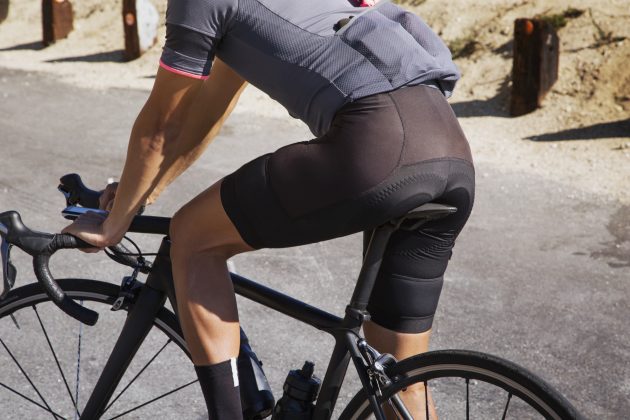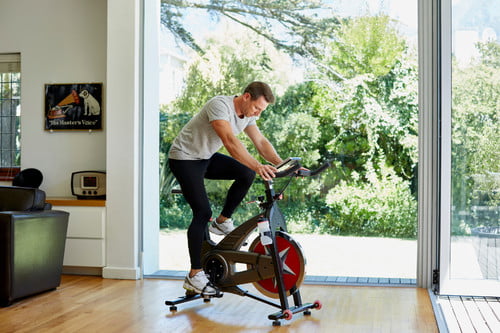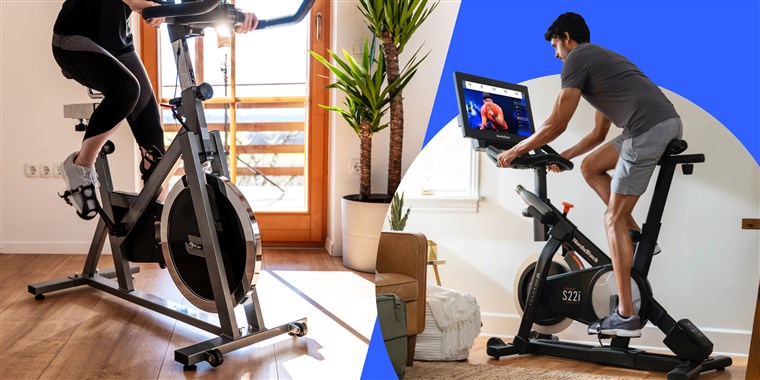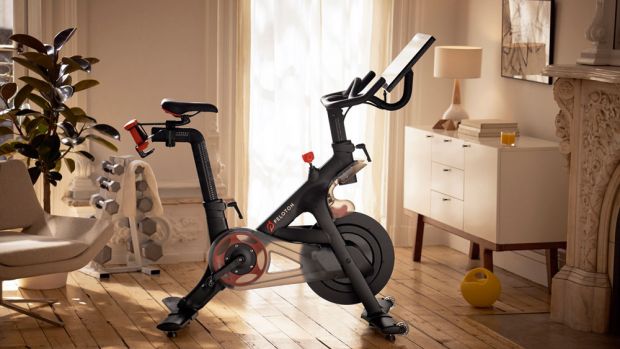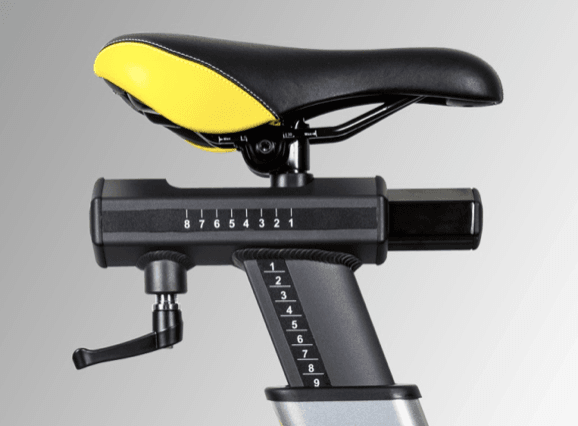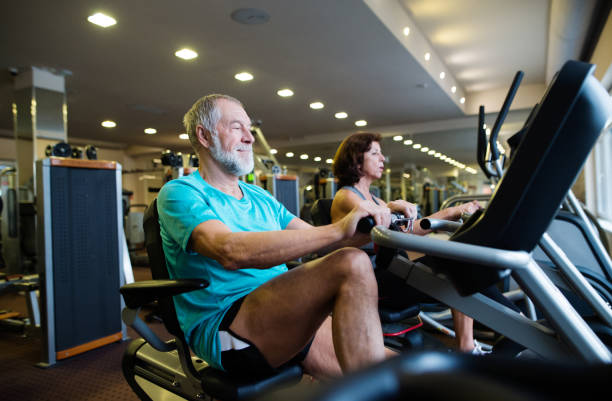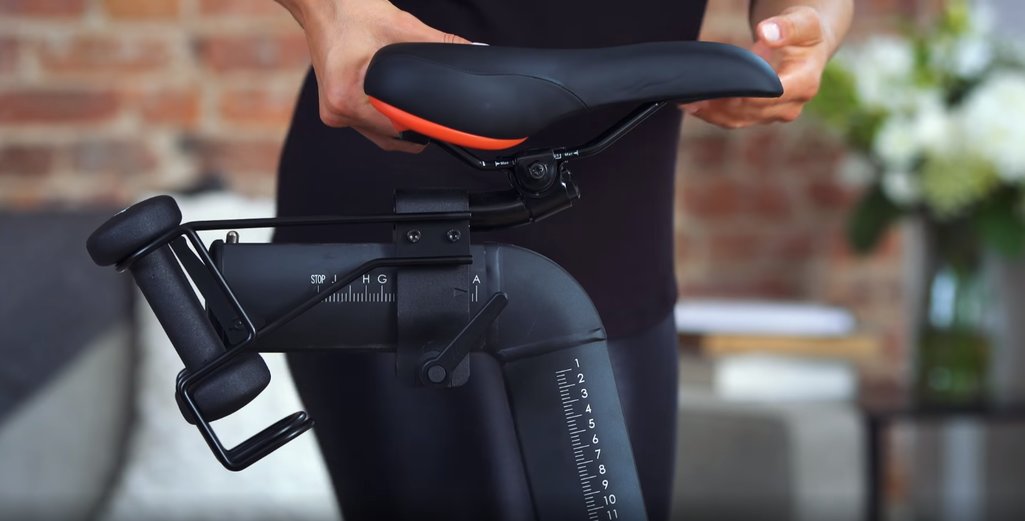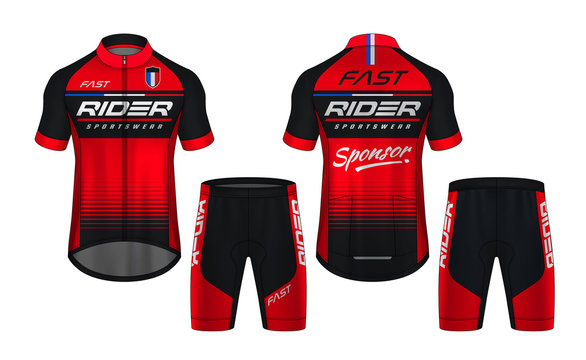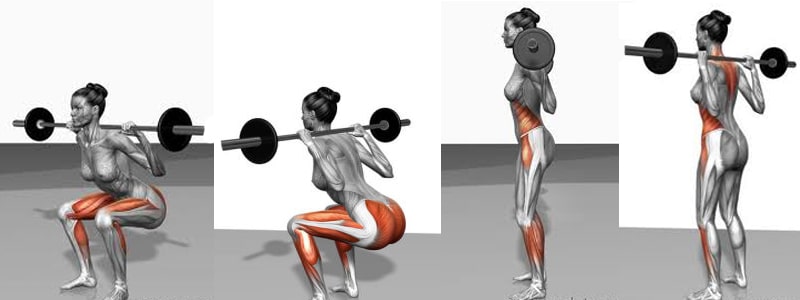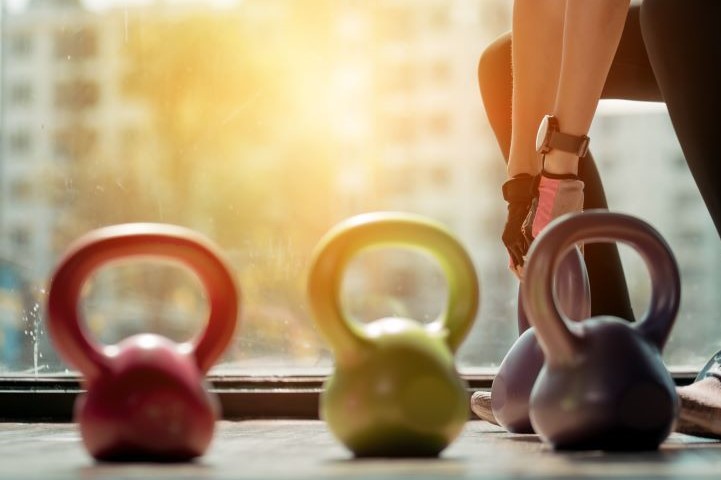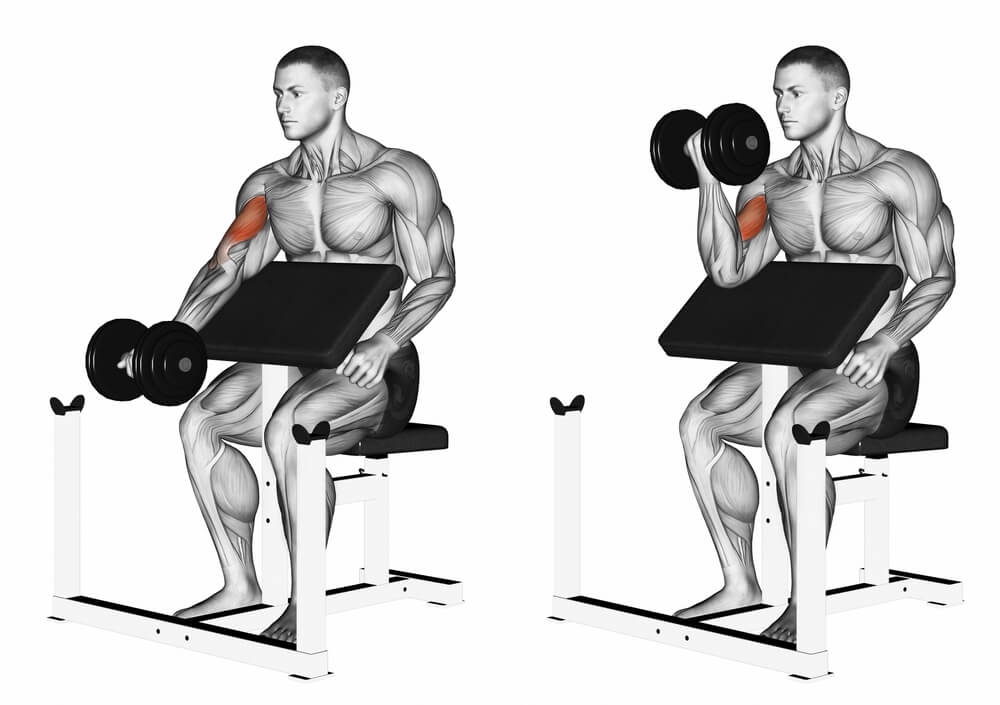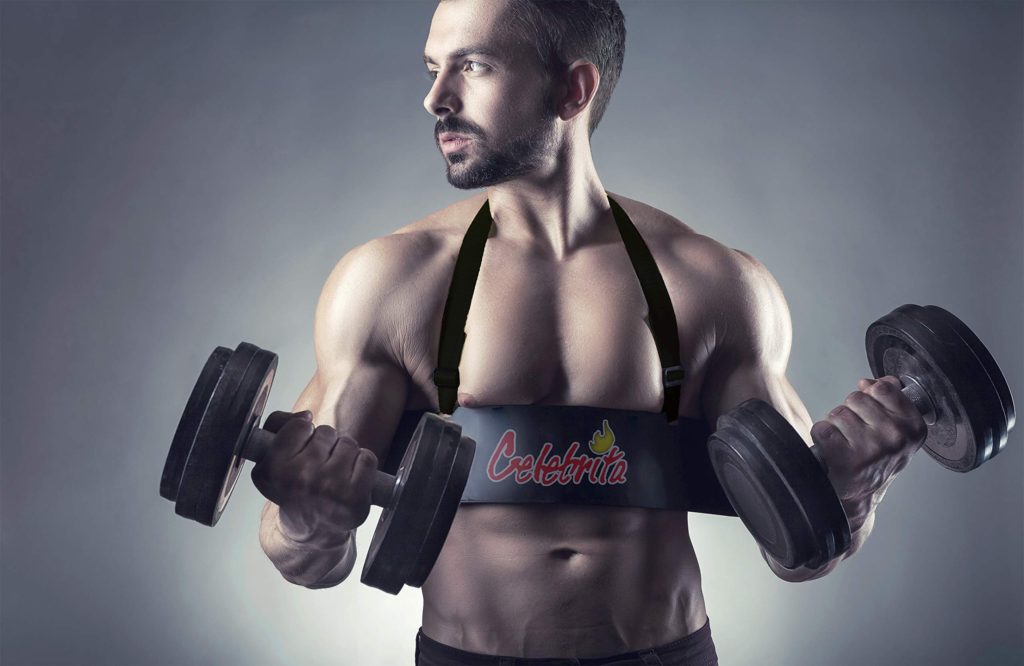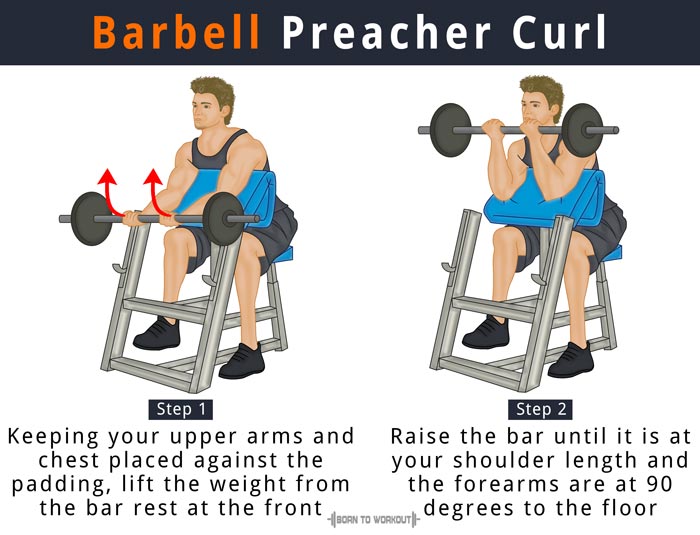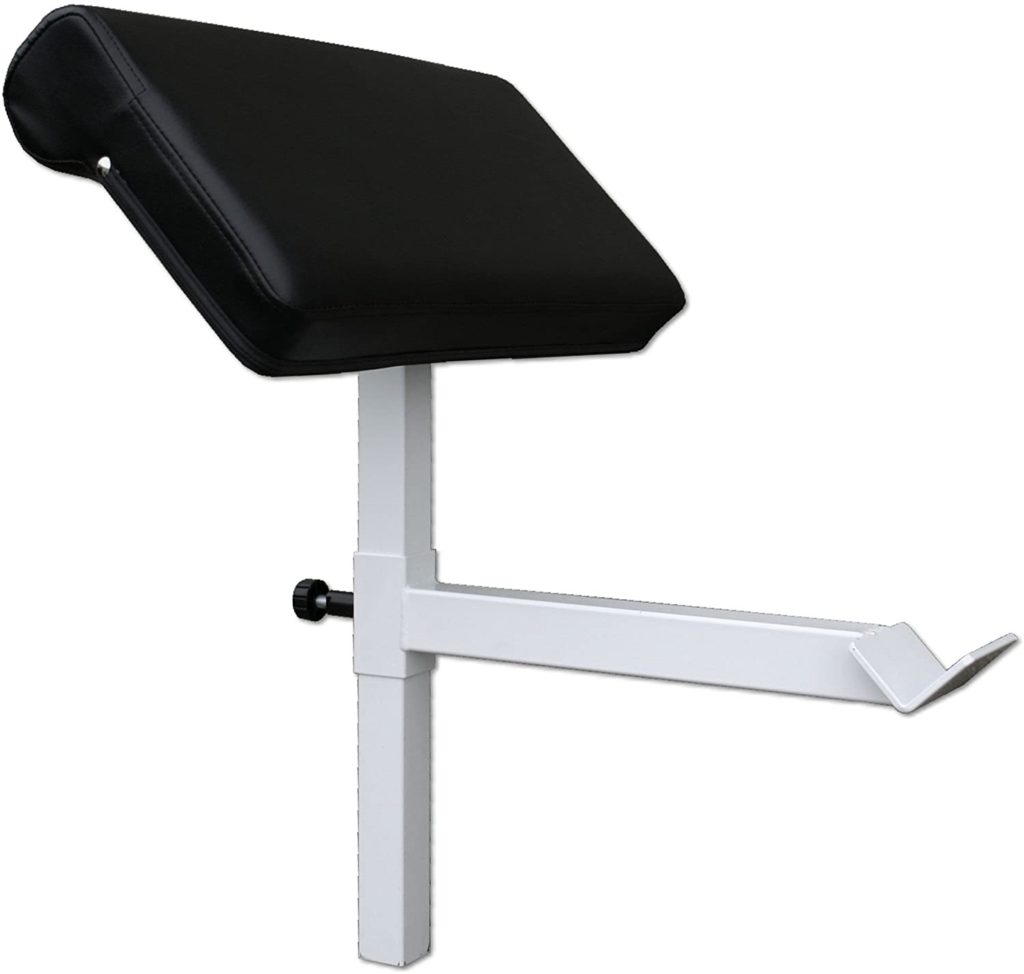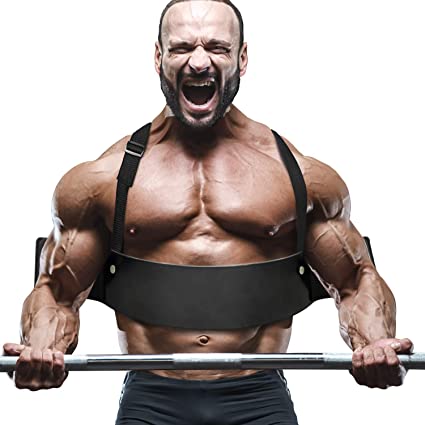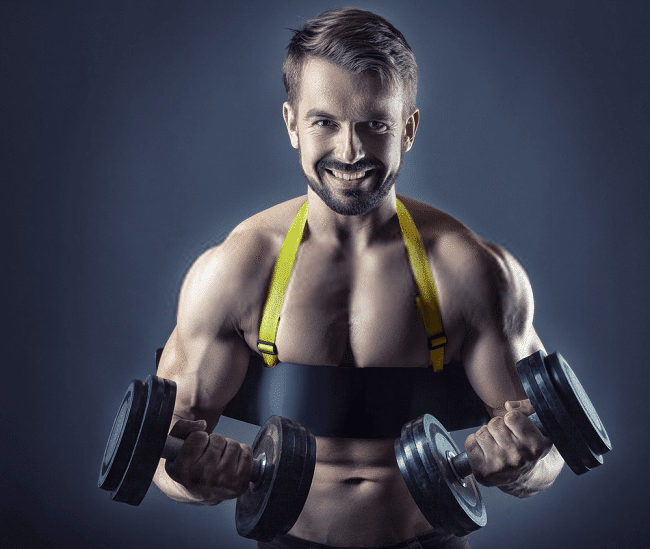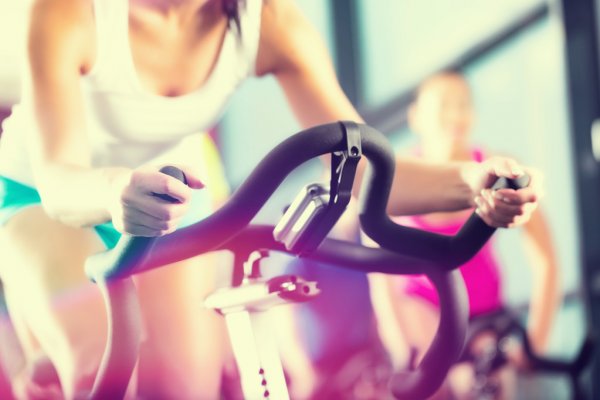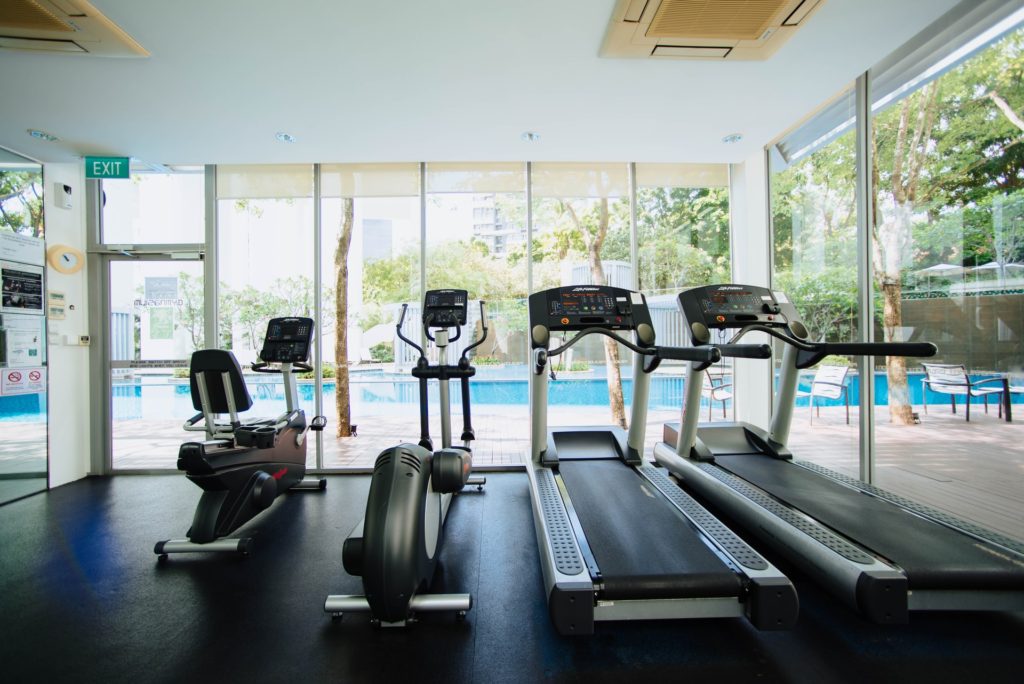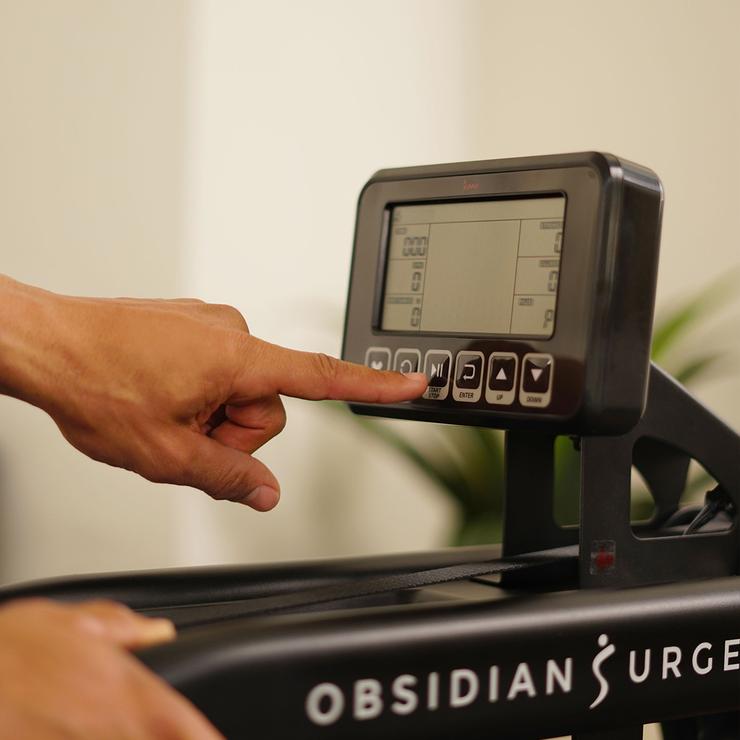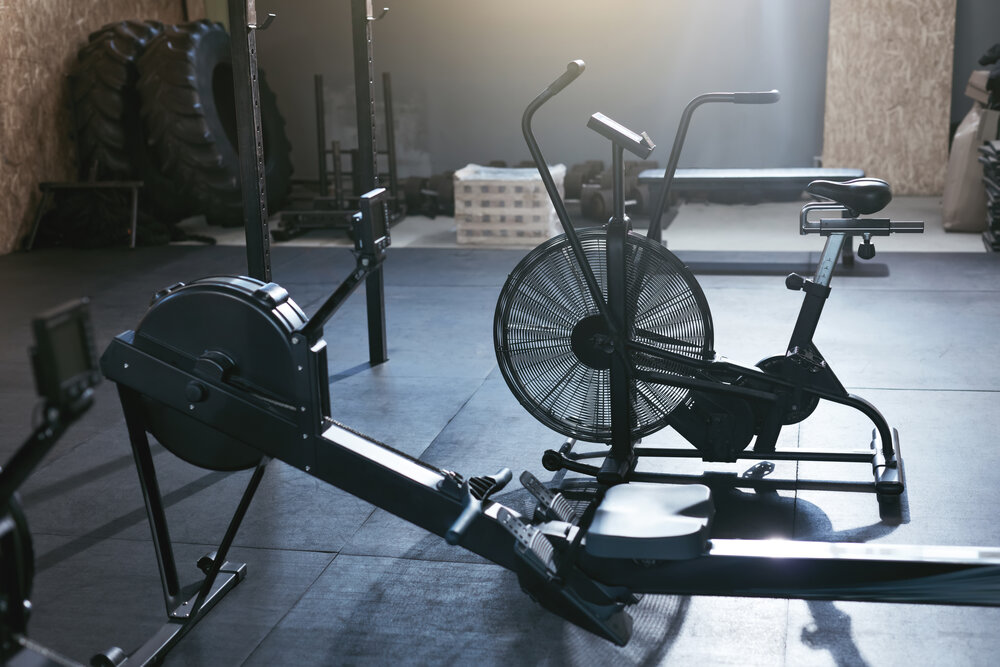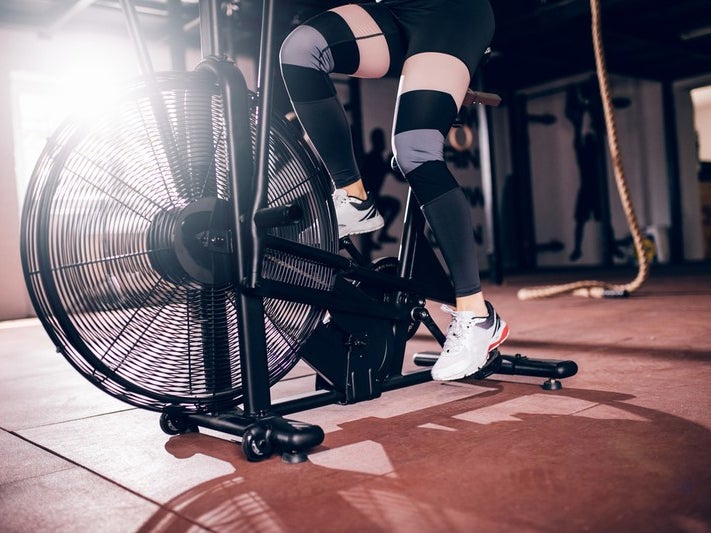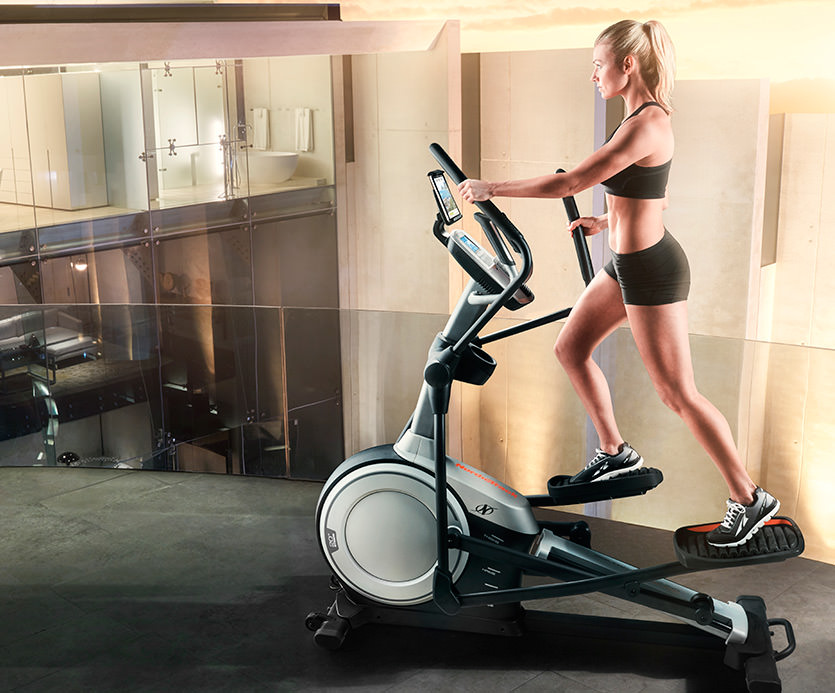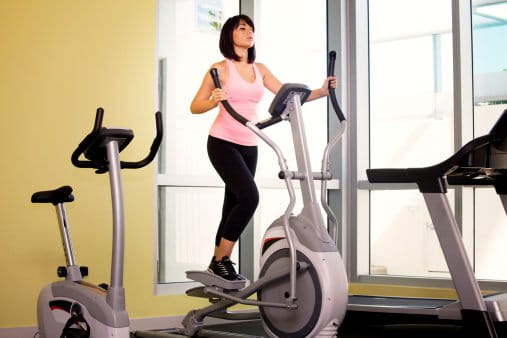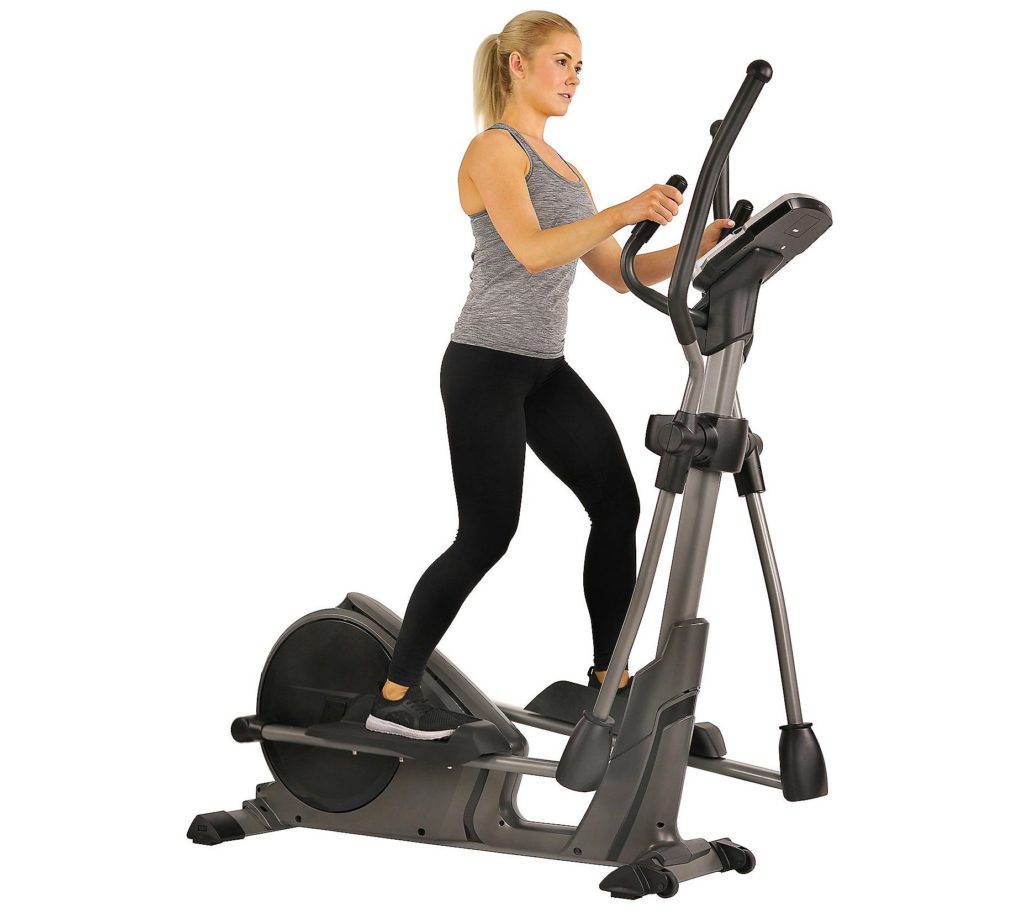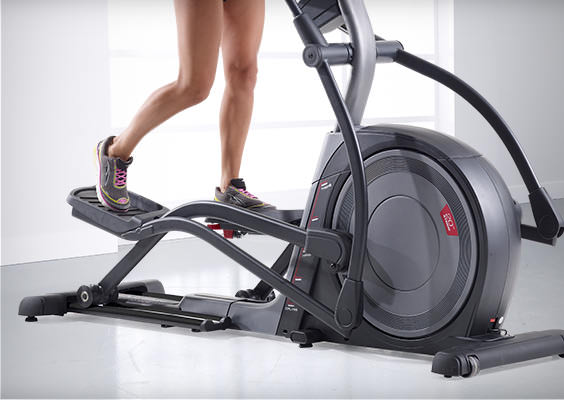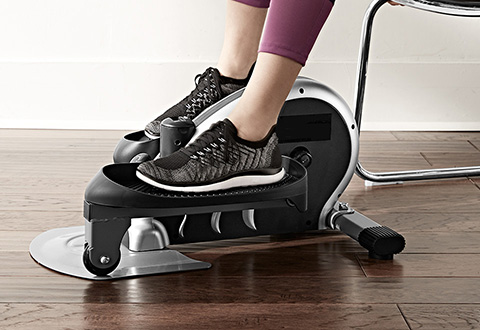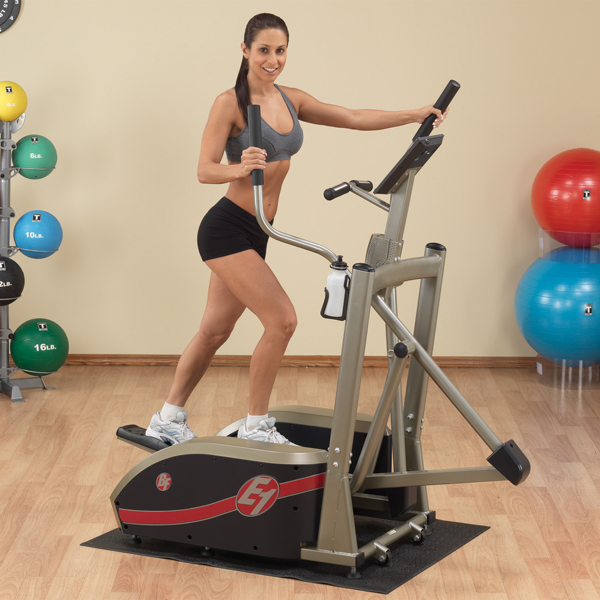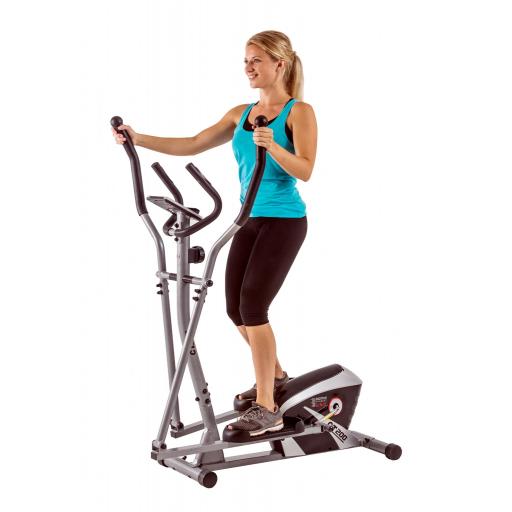Spin bikes are a type of stationary bicycle meant for indoor exercise use, and the magnetic spin bike is no different, except that in exchange for a steeper price, it comes with an assortment of beneficial changes and alterations that make it well worth the money spent.
Let’s delve right into these specifics and more!
What exactly is a magnetic spin bike?
A typical trait of many forms of exercise equipment, such as an elliptical or a treadmill is the resistance feature, which relies on a large metal part called a flywheel that enables the user to adjust the overall “feel” of the machine and how difficult it is to walk, pedal, move or operate in general.
Flywheels store the energy from pedaling or walking and are used to change resistance levels.
The higher the resistance setting, the more difficult the workout feels, which in turn increases your calorie burn, muscle toning, and stamina; your sweat, and heart rate will increase, you feel more tired, and all that jazz of a typical higher effort workout.
Lower resistance settings are ideal to use for those who can’t or do not wish to put their body through too much strain, either from just starting out and getting used to their machine, or don’t want to risk aggravating an existing injury or condition.
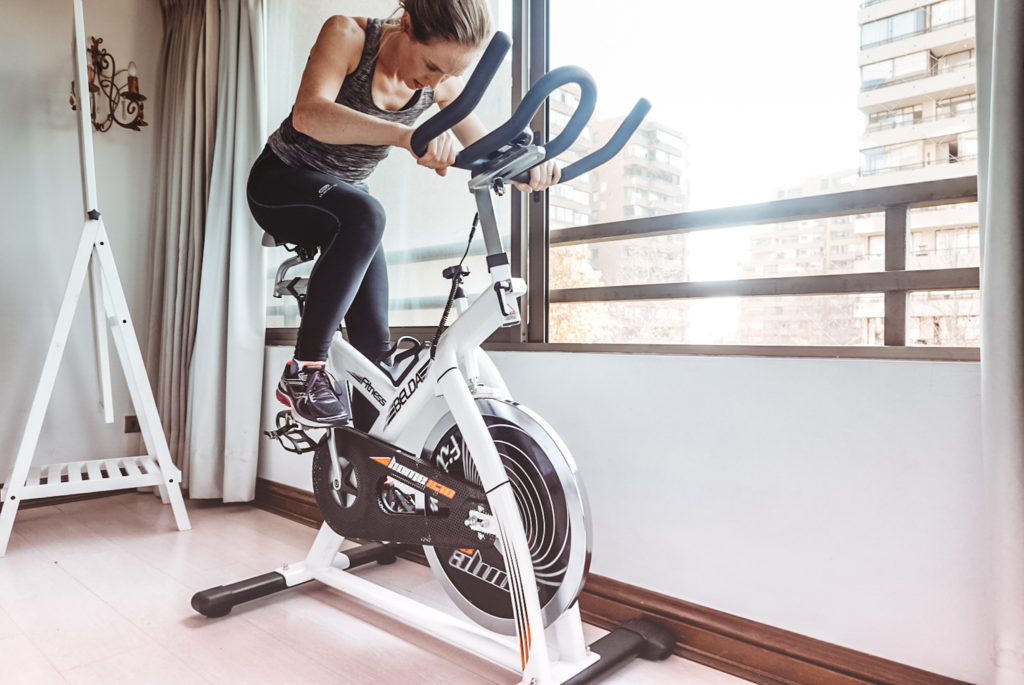
Regardless of your preferences and needs, there’s a resistance setting to suit your purposes and desires!
What a magnetic spin bike does differently is use magnets for its method of resistance, rather than brake pads which have contact with the flywheel and its parts to generate the resistance.
So how does it work? What’s all this talk about magnets?
Two large magnets and the flywheel itself are all that is required to generate the resistance in a magnetic spin bike, the result is the flywheel rotating and intercepting the two magnets when the user pedals, and blocking their magnetic field, which creates the resistive forces.
On higher resistance levels, the magnets are closer to one another, which gives the pedals that ‘heavy’ feeling making it harder to pedal as they push against each other.
Lower resistance has the two magnets further away, making the force less and it easier to pedal, just like in the same way when you play with magnets by pushing them together and pulling them away.
Watts? On a bike that doesn’t use a power source?
On your bike’s monitor screen, you may notice something confusing, a system of measurement described in “watts”, and this unit is essentially the “power” output of your pedaling.
Think horsepower, basically!

The watt system is a perfect way to track your progress in stamina and endurance, as it accurately shows you just how much power is being put into your pedaling, and how much energy you and your bike are producing.
The higher the watt number, the more energy is being emitted by your bike and by your movements!
It’s a great way to test your limits and experiment with how far you can go, and what goals you can reach.
Magnetic VS other types of resistance
Air
Air resistance is just as simple as magnetic, as the bike uses a large fan to generate air and wind resistance, which increases or decreases depending on the speed the user pedals.
There are fewer moving parts on bikes using fans, often making them easier to maintain and longer lasting due to lower maintenance needs.
Some bikes do have rather noisy fans, however, so that’s something to keep in mind when looking at a bike using wind resistance.
Contact
The most common method used in contact resistance is brake pads that are set beside and above the flywheel, these come into contact with the wheel on higher resistance settings, slowing its movement and making pedaling more difficult, thus increasing the effort needed to gain speed.
Lower resistance settings have the brake pads ease off the flywheel, generating less friction and making it easier to pedal.
Magnetic
As mentioned above, magnetic resistance bikes use two powerful magnets beside and above the flywheel to generate opposing force when they are pushed closer together at higher resistance levels, and less force when farther away on lower settings.
There is no need for lubrication or general maintenance besides occasionally tightening screws or loose parts.
What benefits can a magnetic spin bike offer me?
Little to no maintenance in comparison to a bike using another form of resistance
I’m sure everyone knows that the more complicated and complex the machine is, the higher the chance that something can go wrong, like a loose bolt or a part going bad.
This is the issue when it comes to resistance forms such as contact because the brake pads wear down over time and need replacement, other bikes can also use friction bands, and the same is true for them as well.

Some replacement parts can also be a bit costly, which is annoying as well since you of course wish to spend more time using your equipment than fixing or repairing it.
The benefits of magnetic spin bikes are that they use very few parts, and these parts do not have to roughly brush against each other, so this lessens the wear and tear and potential damage they get put through on a regular basis.
There’s nothing you need to oil, chain, charge, or hook, making them the most maintenance-free stationary bike and some of the sturdiest equipment out there!
Provides a better range of smooth and more consistent resistance
Changing or adjusting resistance levels on spin bikes using magnetic resistance is simple and easy, typically just with the press of a button on the console or a turn of a knob!
Being able to easily get a feel for the resistance or see it displayed on-screen is a big help for tracking your progress and dialing up the intensity as you improve.
These bikes also tend to come with pre-set programs to incorporate into your workout, generally working by having the bike change resistance settings on its own at set intervals, which keeps workouts less monotonous and repetitive.
Magnetic spin bikes are great for workouts, as well as maintaining weight and general fitness!
Spinning is a great form of exercise due to its high calorie burn for considerably lower effort than other higher intensity machines or exercise equipment.
Spinning on average can burn about 260 calories, but spinning classes are geared towards higher intensity, so you can expect to burn anywhere from 400 to 600 calories.
You don’t have to attend an in-person spin class however to see those results, as online and virtual spin classes are available to use so you can reap the rewards on your bike in the comfort of your own home!

The results are often apparent by week two or three if exercising 3 or 4 times a week, as by then you will start to notice changes in your stamina, muscling, and body shape.
And considering many people are understandably in a rush to see changes and try to often brute force the process when using their new workout equipment, it’s a great choice for those looking for fast and consistent results without the risk of hurting yourself by overdoing it.
Easy and safe for anyone to use; for all fitness levels
A common question many might ask is: do I have to be fit to use a spin bike or get started with exercising?
Luckily, the answer is no in the case of these bikes, as they’re low impact, meaning super easy on the joints and body, so regardless if you are older, have pre-existing injuries, are out of shape, or have any issues that can make exercising difficult and painful, a magnetic spin bike is guaranteed to be one of the safest options available!
They also tend to be a one size fits all type of scenario, making it so the whole family can make use of the spin bike if needed, with a quick adjustment of the seat or handlebars, each person is ready to get their workout in!
Magnetic spin bikes offer a quieter cycling experience!
A major benefit of exercising with a bike that uses magnetic resistance is that because of the lack of moving parts, such as clinking belts, chains, brake pads, or others, the operation of the bike is almost entirely silent!
This makes using the bike in any room of the home or time of day convenient and unobstructive for everyone, and much less distracting, making it easier to focus on enjoying using your machine.
Other considerations
Cost
It’s important to consider your budget like always when thinking about making a new purchase, and this situation is no different, as the cost of magnetic spin bikes is higher than other varieties that use contact-based resistance settings.
Typically, these bikes start anywhere from 600 dollars to 2,000, and that of course depends on any extra features and add-ons that the bike comes with, so evaluating any features you feel are a must, and none of the ones you don’t is the best way to save money.

In the end, you save money in the long run by purchasing a magnetic spin bike over other types because of the long term durability and lack of needing any regular maintenance or replacement parts.
Weight limits
Something that’s often forgotten about in the feverish excitement of purchasing a new piece of equipment is weight limits, and that metric is imperative to keep an eye on when scrutinizing which bike specifically to buy since this will guarantee your machine will last as long as possible and continue running its best.
Many of these bikes have limits of 300 pounds or more, so finding one to suit your needs typically won’t be an issue.
The best clothing to wear for your spinning sessions
These items are not necessarily must-haves but are very helpful for maintaining comfort during workouts, as the right clothing can make a big difference in how you feel at the end of your sessions, and feeling good at the end of each workout is a major key to consistency.
Bike shorts
These shorts are designed to wick away sweat and moisture, as well as having padding on the groin and bottom area to ensure maximum comfort during sessions, as the bike seat can leave you with soreness, especially when just starting out.
Bike jersey
Similar to the shorts above, these jerseys are made to keep the sweat from drenching you and the clothing itself not being stuck to your body as if you just took a dive into the pool!
Discomfort is never motivating or helpful, so having a bike jersey specifically to wear during spinning sessions is very convenient.
Padded tights
If you prefer something with more length or just want to switch things up and have a little variety, padded tights can offer similar benefits to bike shorts by keeping you cool and comfortable.
Padded underwear
Sometimes it’s worth going the extra mile, and this is definitely true when it comes to considering wearing padded underwear for your spinning sessions, as they add an extra layer of comfort and help keep down on moisture buildup, which can lead to bacterial growth and infections down there, especially for women.
Spinning tee or top
Similar to a jersey, but lighter weight and no zippers, so easier to slip on or off as needed, and still get the cooling and moisture-wicking benefits.
You could also wear them underneath the jersey as needed if the environment you are exercising in is on the cooler side.
Comfortable cycling shoes
Considering the main part of your body being put through the strain from pedaling, aside from your legs, are your feet, and you will probably be doing spin sessions lasting anywhere from 30 minutes to an hour once or multiple times a week, having a comfortable and properly fitted shoe is essential to ensure maximum comfort and lessen the chances of any aches and pains.
Wrap up!
Magnetic spin bikes come with a large variety of beneficial features and traits, as well as extra add-ons as desired, their only downside is being more expensive than other forms of spin bike and stationary bicycles.
